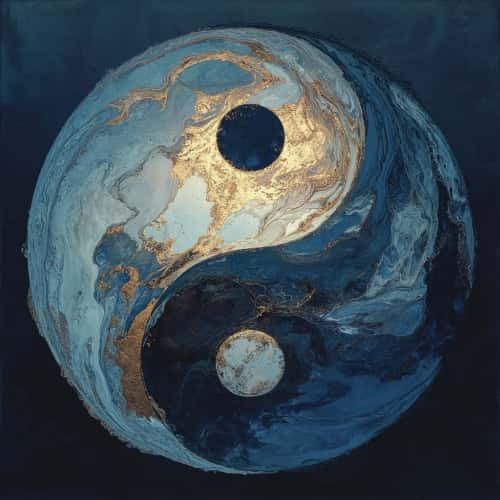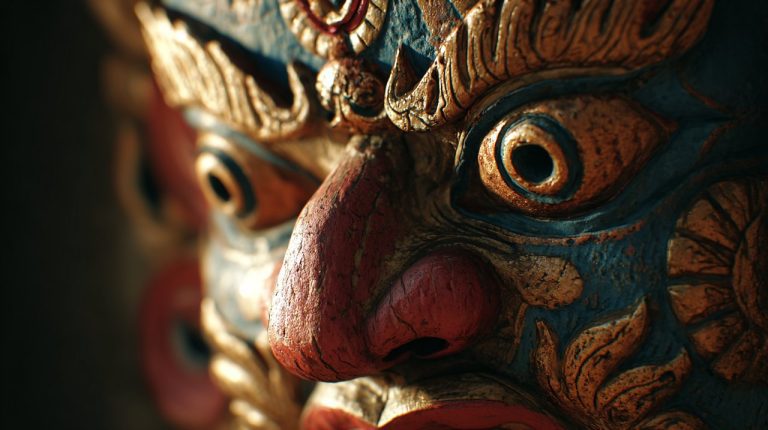How Much Is A Real Pearl Worth? The Definitive Guide to Pearl Value, Meaning & Authenticity
For many of us, the first question about a pearl often revolves around its price. But, I’ve found that judging the true value of a pearl solely by its monetary cost is a bit like reading only the cover of a fascinating book. While market dynamics are definitely part of the picture, the inherent worth of these luminous gems stretches far beyond a simple price tag.
It encompasses layers of meaning, a deep psychological resonance, and a truly profound journey from a tiny irritation to undeniable brilliance.
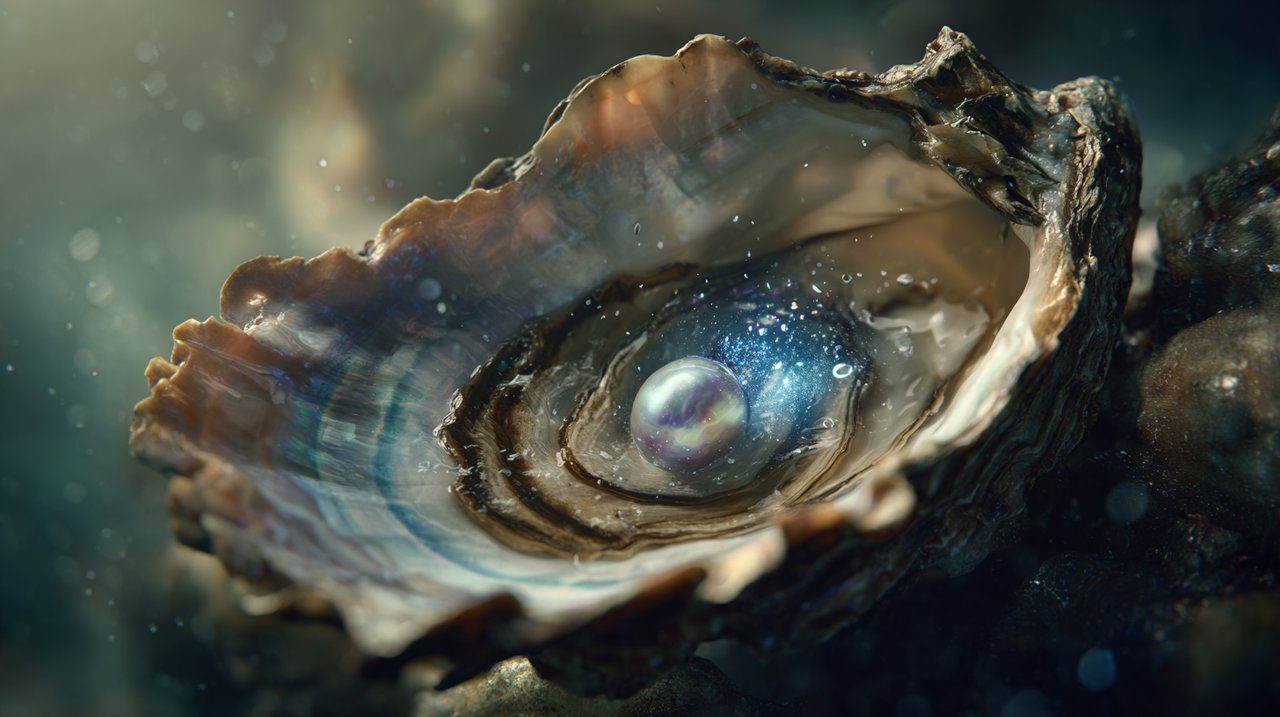
The Unseen Value: Beyond a Pearl’s Price Tag
Think about it: a small irritant, trapped inside an oyster. Over time, layer upon layer of nacre forms, transforming that initial discomfort into something of exquisite beauty. This natural phenomenon offers us a powerful metaphor for our own personal growth, for resilience, and for the wisdom we gain when we overcome challenges.
From this perspective, a pearl’s true value isn’t just about how rare it is or how much demand there is. It’s about the unique story it tells, the profound lessons it embodies, and the subtle yet powerful impact it can have on us.
Monetary Metrics: What Makes a Pearl Cost What It Does?
Now, let’s get practical. Understanding the market price of a pearl means looking closely at several key attributes. These factors work together to determine a pearl’s rarity and desirability, directly influencing its pearl worth in the marketplace.
For example, a perfectly round, blemish-free pearl with exceptional luster will naturally command a higher price. It’s all part of a logical system.
The Seven Pillars of Pearl Valuation
The global pearl industry relies on a consistent set of criteria to evaluate these gems. Each of these factors plays a significant role in a pearl’s overall market appeal and, of course, its monetary value.
- Luster: This is arguably the pearl’s most important value factor. It refers to how intensely and sharply light reflects from its surface. High luster tells us the pearl has thick nacre and a brilliant, almost mirror-like sheen.
- Surface Quality: Pearls with fewer blemishes—things like spots, bumps, or dimples—are more valuable. Finding a completely flawless pearl is actually quite rare.
- Shape: Perfectly round pearls are the rarest and most sought-after, especially in saltwater varieties like Akoya. Other shapes, such as baroque or drop, have their own unique charm and appeal.
- Size: Generally speaking, larger pearls tend to be more valuable. This is simply because it takes a much longer time for an oyster to produce them. Size is measured in millimeters.
- Color: Pearl colors span a wide spectrum, from white to black, often with various subtle overtones. While popular colors like white, cream, and rose are frequently prized, more exotic colors can also fetch high prices.
- Nacre Thickness: A thick layer of nacre is absolutely crucial for both a pearl’s durability and its luster. Thicker nacre means a more resilient pearl with a deeper, richer glow that lasts.
- Type: Different types of pearls—like Akoya, South Sea, Tahitian, and Freshwater—each have distinct characteristics and, consequently, different price points. Each type offers something unique for collectors and wearers alike.
Natural vs. Cultured: Understanding the Price Divide
The distinction between natural and cultured pearls is fundamental to their market value, and it’s a great example of how human interaction with nature affects rarity. Natural pearls form entirely spontaneously, without any human intervention, making them incredibly rare finds.
Their scarcity often leads to extraordinarily high prices, especially for historical pieces. Cultured pearls, on the other hand, are farmed with human assistance, where a small nucleus is surgically implanted into an oyster. While still a natural biological process, this intervention makes them more abundant and accessible.
Despite their managed origins, high-quality cultured pearls can still hold significant value, reflecting the skill and time invested in their cultivation. This difference profoundly impacts the overall pearl worth and what’s available in the market.
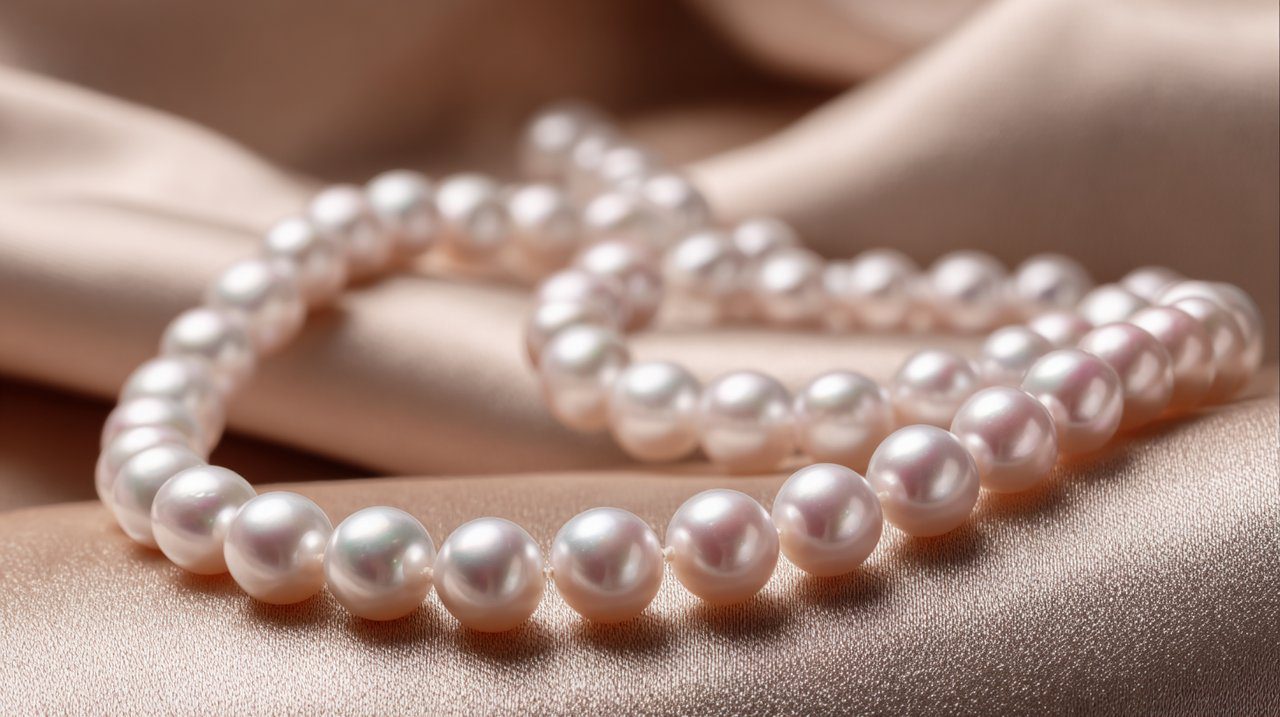
The Pearl’s Inner Glow: Spiritual Resonance and Psychological Impact
Beyond all the economic factors, pearls carry a rich layer of meaning that resonates with us on a deeper, often subconscious level. This isn’t about magic, but rather about the powerful effects of symbolism and visual cues on our psychology. A pearl can truly act as a silent, personal anchor, gently reminding us of our core values.
Pearls as ‘Visual Reminders’: Wisdom, Purity, and Resilience
The very formation of a pearl—that consistent, gentle layering around an irritant—serves as such a potent metaphor. It quietly speaks of resilience, of our ability to transform challenges into something beautiful. When we wear a pearl, we’re not just adorning ourselves; we’re carrying a symbolic jewelry piece that can act as a subtle yet powerful "visual reminder."
Its serene luster can evoke feelings of calm and clarity, promoting a sense of purity and inner peace. It’s like having a tangible, beautiful prompt for introspection and a focus on inner strength.
The consistent, quiet beauty of a pearl can serve as an environmental psychological tool, a tangible prompt for introspection and a focus on inner strength. It’s a non-mystical way to anchor positive thoughts and intentions, making it truly meaningful jewelry.
This psychological anchoring is precisely why pearls have been cherished across cultures, not just for their aesthetic beauty, but for what they represent to the wearer on a personal level.
Ancient Charms: Cultural Significance and Protection Jewelry
Throughout history, pearls have been imbued with incredibly diverse cultural meanings, often serving as powerful talismans. In ancient Rome, pearls symbolized wealth and social standing, while in some Asian cultures, they were believed to bring wisdom and good fortune.
Many civilizations regarded them as forms of protection jewelry, thought to ward off evil or bring clarity. The gemstone meanings associated with pearls often revolve around purity, innocence, and new beginnings. This rich historical and cultural context elevates pearls beyond mere adornments.
They become spiritual jewelry that connects us to ancestral wisdom and collective human aspiration. Whether worn for their traditional protective qualities or as a personal emblem of inner peace, their cultural weight truly adds immeasurable value.
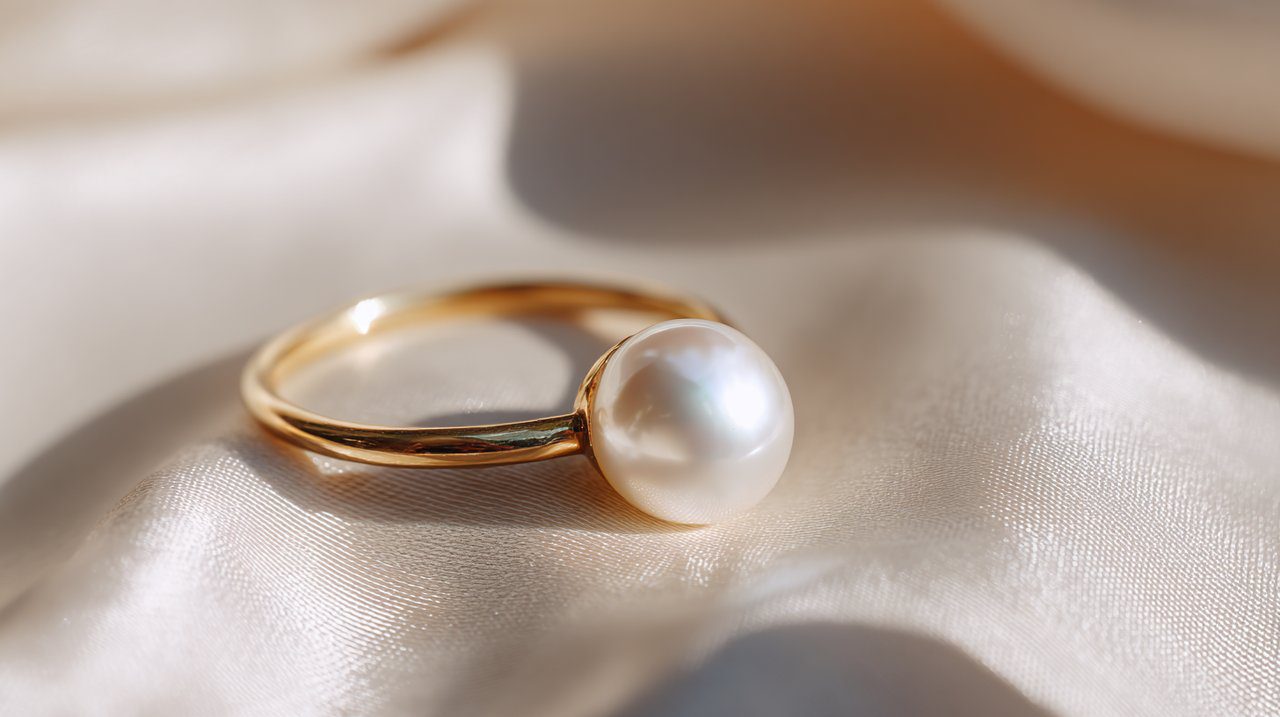
The Quest for Authenticity: Identifying Your Real Pearl
In a market where imitations are common, knowing how to spot a genuine pearl is crucial for any buyer. It’s about empowering yourself with knowledge to ensure you’re investing in a true gem, rather than just a mimicry. These practical checks offer confidence in your purchase, helping you connect with the real story.
Practical Pathways to Pearl Authenticity
There are several straightforward methods you can use to determine if a pearl is real. These tests focus on the unique physical properties of genuine nacre, the very substance that makes a pearl what it is.
- The Tooth Test: Gently rub the pearl against the edge of your front tooth. A real pearl will feel slightly gritty or sandy, which comes from its microscopic layers of nacre. Imitations, typically made of glass or plastic, will feel smooth.
- Luster and Overtone: Real pearls possess a deep, soft glow with subtle color variations, known as overtones, just beneath the surface. Fakes, however, often have a flat, glassy, or overly uniform sheen.
- Weight Test: Genuine pearls tend to feel heavier than their size suggests when compared to plastic imitations. Do note that glass pearls can also be heavy, so it’s best to combine this with other tests.
- Examine the Drill Hole: For pearls that have been drilled, take a close look at the edges of the hole. Real pearls will have sharp, clean edges, while fakes might show chipping or peeling around the opening.
- Irregularities: Remember, perfectly round and flawless pearls are extremely rare in nature. Minor imperfections or slight variations in shape or surface are often reliable indicators that you’re looking at a natural or cultured pearl.
Navigating Treatments and Imitations: What Every Buyer Should Know
The pearl market also includes treated pearls and various imitations, and it’s good to understand the difference. Treated pearls might have undergone processes like bleaching to lighten their color or dyeing to achieve specific hues. While these treatments are often disclosed, they can impact the pearl’s long-term durability and its value.
Imitations, such as shell pearls (made from mother-of-pearl powder) or glass beads, are designed to mimic the appearance of real pearls but lack their organic structure and unique luster. Understanding these nuances helps you make truly informed purchasing decisions, ensuring that the pearl worth you perceive genuinely aligns with its inherent qualities.
Embracing the Holistic Pearl Worth: A Personal Connection
So, as we’ve explored, the true value of a pearl is far more than its market price. It’s a rich tapestry woven from its journey of formation, its deep cultural roots, and its subtle psychological power. It’s not just a commodity; it’s a testament to nature’s incredible ability to transform irritation into beauty, a tangible reminder of resilience and inner strength.
Choosing a pearl, then, becomes a deeply personal act—a selection that truly resonates with your own journey, values, and aspirations. Whether you’re seeking a timeless piece for its elegance, a meaningful jewelry item to symbolize personal growth, or a symbolic jewelry piece echoing ancient traditions, the right pearl is out there.
It’s an opportunity to connect with an object that embodies more than just monetary value; it embodies a story, a philosophy, and a quiet strength that speaks directly to the soul. Consider which pearl truly reflects your own unique path and purpose, allowing its quiet brilliance to inspire you daily.
💡 Frequently Asked Questions
The market price of a pearl is determined by seven key attributes: luster, surface quality, shape, size, color, nacre thickness, and type (e.g., Akoya, South Sea, Tahitian, Freshwater).
To identify a real pearl, you can use the 'Tooth Test' (real pearls feel slightly gritty), observe its deep luster and subtle overtones (fakes are often flat or uniform), note its heavier weight compared to plastic imitations, examine drill holes for sharp, clean edges, and look for minor irregularities, as perfectly flawless pearls are rare.
Natural pearls form entirely spontaneously without human intervention, making them incredibly rare and often very expensive. Cultured pearls are farmed with human assistance, where a small nucleus is implanted into an oyster, which makes them more abundant and accessible, though high-quality cultured pearls can still hold significant value.
Beyond their price, pearls hold an 'unseen value' as a powerful metaphor for personal growth, resilience, and transforming challenges into beauty. They also carry deep spiritual and psychological meaning, symbolizing wisdom, purity, and inner strength, and have rich cultural significance as talismans or protection jewelry.

